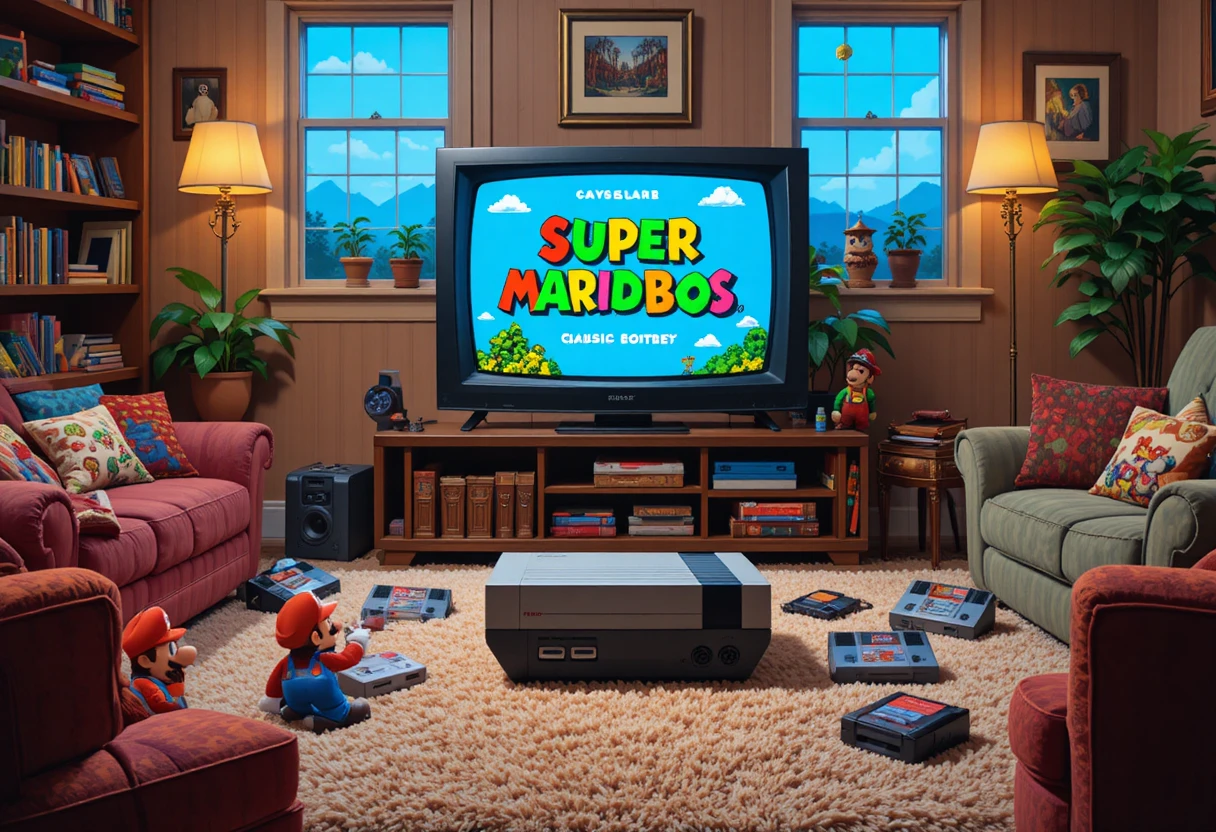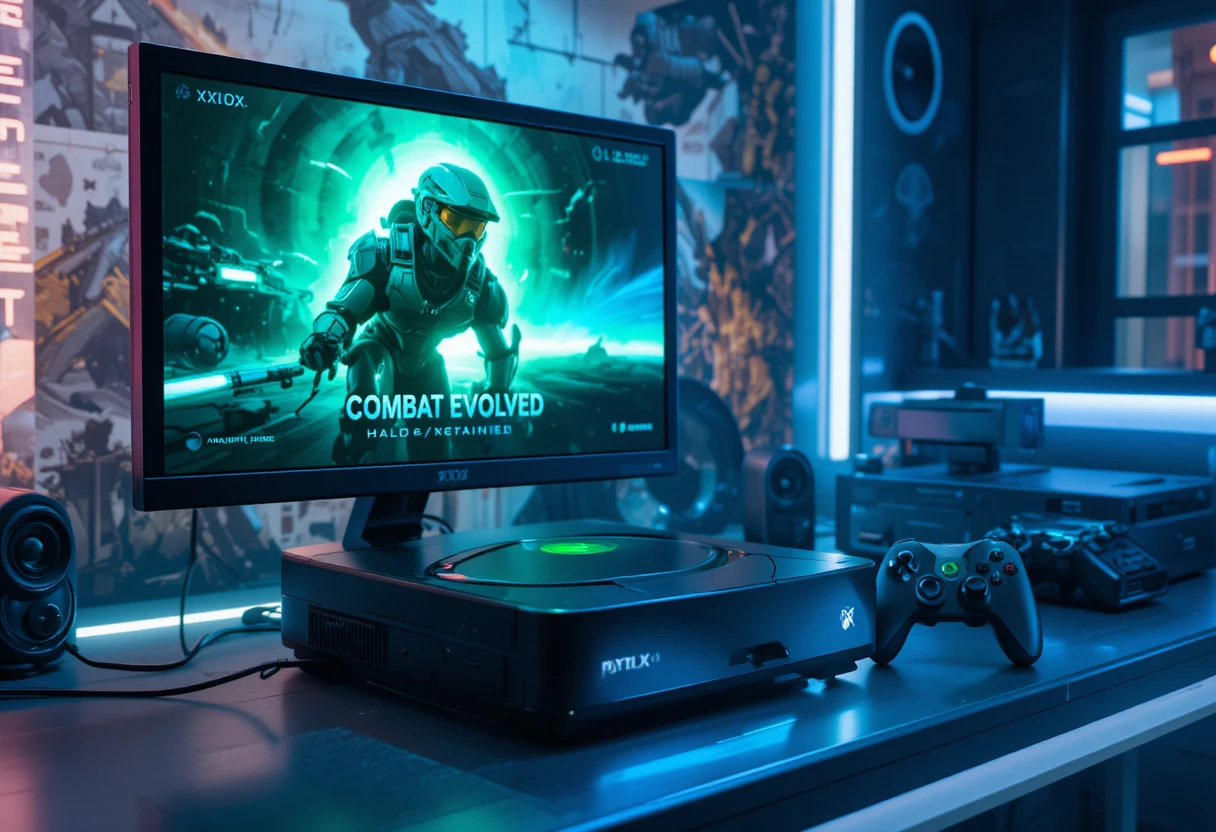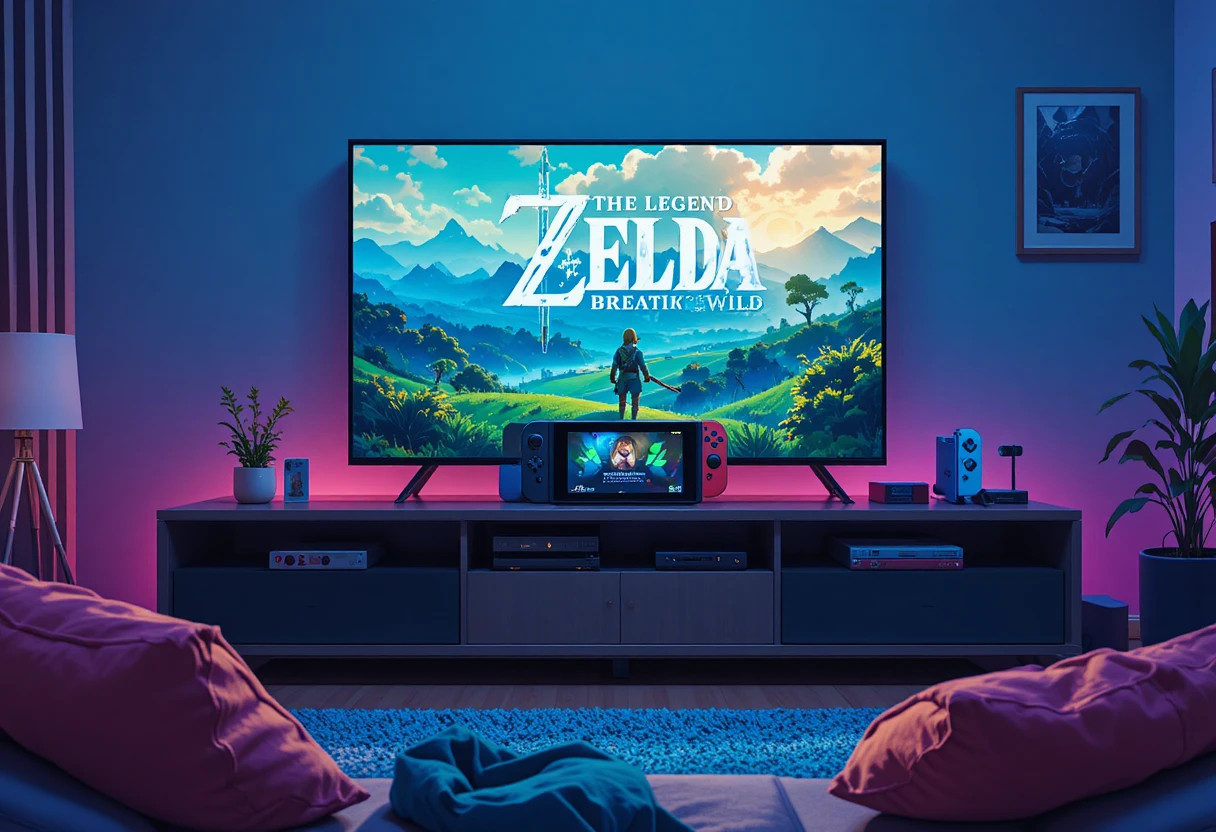Gaming consoles have transformed from niche entertainment devices into cultural juggernauts that shape how we play, connect, and experience digital worlds. From their humble beginnings in the 1970s to today’s cutting-edge systems, consoles have driven innovation, fostered communities, and redefined interactive entertainment. This 3,000-word exploration dives into the history, technology, cultural significance, and future of gaming consoles, offering insights into their profound influence on modern life.
The Dawn of Console Gaming: Origins and Early Innovations
The Birth of Home Consoles
The story of gaming consoles begins in the early 1970s with the Magnavox Odyssey, the first home video game system, released in 1972. Designed by Ralph Baer, the “Father of Video Games,” the Odyssey was a rudimentary device that played simple games like Pong using analog technology. Despite its limited graphics and lack of sound, it laid the groundwork for home gaming by bringing arcade-like experiences into living rooms.
Following the Odyssey, the Atari 2600 (1977) revolutionized the industry with its cartridge-based system, allowing players to swap games without buying new hardware. Titles like Space Invaders and Pac-Man became cultural phenomena, cementing consoles as household staples. However, the market’s rapid growth led to oversaturation, culminating in the 1983 video game crash, where poor-quality games and market saturation nearly destroyed the industry.
The Rise of Nintendo and Sega
The industry’s revival came with Nintendo’s Famicom (released as the Nintendo Entertainment System, or NES, in the West) in 1983. The NES introduced iconic franchises like Super Mario Bros., The Legend of Zelda, and Metroid, emphasizing quality over quantity with Nintendo’s “Seal of Quality” program. Its 8-bit graphics and intuitive controllers made gaming accessible and engaging for millions.
Sega entered the fray with the Master System (1985) and later the Genesis (1988), challenging Nintendo’s dominance. The “console wars” of the late 1980s and early 1990s between Nintendo and Sega were fierce, driven by marketing, exclusive titles, and technological advancements. Sega’s Sonic the Hedgehog became a mascot rivaling Mario, emphasizing speed and attitude to appeal to a broader audience.

The 3D Revolution and the Expansion of Console Gaming
The Shift to 3D and the PlayStation Era
The mid-1990s marked a seismic shift with the advent of 3D graphics. Sony’s PlayStation (1994) disrupted the market, targeting older audiences with cinematic games like Final Fantasy VII and Metal Gear Solid. Its CD-based format allowed for larger, more complex games, while its sleek design and marketing made it a cultural icon.
Nintendo responded with the Nintendo 64 (1996), which introduced groundbreaking 3D gameplay with titles like Super Mario 64 and The Legend of Zelda: Ocarina of Time. Despite its cartridge-based limitations, the N64’s four-player controller ports popularized multiplayer gaming, with GoldenEye 007 setting the standard for console first-person shooters.
Sega’s Dreamcast (1998) was ahead of its time, offering online connectivity and innovative titles like Shenmue. However, poor sales and Sega’s financial struggles led to its exit from the console market, leaving Sony, Nintendo, and newcomer Microsoft to dominate.
Microsoft Enters the Arena
Microsoft’s Xbox (2001) brought PC-like power to consoles, with a built-in hard drive and Ethernet port for online gaming. Halo: Combat Evolved became a defining title, showcasing the potential of console shooters. The Xbox’s robust hardware and Xbox Live service, launched in 2002, set the stage for online multiplayer as a core console feature.

The Modern Era: Connectivity, Power, and Accessibility
The Seventh Generation: A Battle of Innovation
The seventh generation (2005–2012) saw Sony, Microsoft, and Nintendo redefine console gaming. Sony’s PlayStation 3 (2006) boasted Blu-ray support and a powerful Cell processor, though its high price initially hindered adoption. Titles like Uncharted and The Last of Us showcased its cinematic potential.
Microsoft’s Xbox 360 (2005) gained an edge with an earlier launch and a robust Xbox Live ecosystem. Games like Gears of War and Mass Effect emphasized storytelling and online multiplayer, while the Kinect motion controller (2010) aimed to capture casual gamers.
Nintendo’s Wii (2006) stole the spotlight by prioritizing accessibility over raw power. Its motion-sensing Wii Remote broadened gaming’s appeal, attracting non-gamers with Wii Sports and Wii Fit. The Wii’s success proved that innovation in user experience could trump graphical fidelity.
The Eighth Generation: Streaming and Social Integration
The eighth generation (2012–2020) focused on connectivity and multimedia. Sony’s PlayStation 4 (2013) dominated with its developer-friendly architecture and strong exclusives like God of War and Spider-Man. Microsoft’s Xbox One (2013) initially stumbled with a focus on TV integration but recovered with backward compatibility and Game Pass, a subscription service offering a vast game library.
Nintendo’s Wii U (2012) struggled due to poor marketing and a lackluster game library, but the Nintendo Switch (2017) redefined console gaming. Its hybrid design allowed seamless transitions between handheld and TV modes, with The Legend of Zelda: Breath of the Wild and Super Mario Odyssey showcasing its versatility.

The Cultural and Social Impact of Gaming Consoles
Building Communities and Esports
Gaming consoles have transcended entertainment to become cultural and social hubs. Online multiplayer games like Fortnite, Call of Duty, and Overwatch have fostered global communities, with platforms like Xbox Live, PlayStation Network, and Nintendo Switch Online enabling voice chat, matchmaking, and social features. Esports has exploded, with console-based tournaments for games like FIFA and Rocket League drawing millions of viewers and offering substantial prize pools.
Consoles have also democratized content creation. Features like Share Play on PS4 and streaming integration on Xbox allow players to broadcast gameplay on platforms like Twitch and YouTube, turning gamers into creators. This has given rise to a new generation of influencers and streamers, shaping gaming culture.
Consoles as Multimedia Hubs
Modern consoles are no longer just for gaming. The PS5, Xbox Series X/S, and Nintendo Switch double as media centers, supporting streaming services like Netflix, Spotify, and Disney+. Their integration with smart home ecosystems and voice assistants reflects their role as all-in-one entertainment devices, appealing to a broader audience.
Technological Advancements: Powering the Future
The Ninth Generation: Performance and Immersion
The ninth generation, led by the PlayStation 5 and Xbox Series X/S (2020), pushes technological boundaries. Both consoles feature solid-state drives (SSDs) for near-instant load times, ray tracing for realistic lighting, and support for 8K resolution. The PS5’s DualSense controller introduces haptic feedback and adaptive triggers, enhancing immersion in games like Astro’s Playroom. Xbox Series X emphasizes raw power and backward compatibility, while Series S offers a budget-friendly alternative.
Cloud gaming has also emerged, with services like Xbox Cloud Gaming and PlayStation Plus Premium allowing players to stream games without high-end hardware. This trend hints at a future where consoles may rely less on physical hardware and more on cloud infrastructure.
Virtual Reality and Augmented Reality
Sony’s PlayStation VR (2016) and the upcoming PSVR2 (2023) highlight consoles’ foray into virtual reality. VR games like Half-Life: Alyx (ported to PSVR) and Horizon Call of the Mountain offer immersive experiences, though high costs and limited adoption remain barriers. Augmented reality (AR) is less prominent but shows promise with experimental titles and potential mobile integration.
Challenges Facing the Console Industry
Supply Chain Issues and Scalping
The launch of the PS5 and Xbox Series X/S was marred by global chip shortages, leading to limited stock and rampant scalping. High demand and low supply frustrated consumers, highlighting vulnerabilities in the industry’s supply chain. While conditions have improved by 2025, these challenges underscore the need for resilient manufacturing and distribution strategies.
The Rise of PC and Mobile Gaming
Consoles face competition from PC gaming, which offers superior customization and performance, and mobile gaming, which dominates in accessibility and revenue. Titles like Genshin Impact and Among Us have shown mobile’s potential to rival console experiences, forcing manufacturers to innovate to stay relevant.
Exclusives vs. Cross-Platform Trends
Exclusive titles have long driven console sales, but cross-platform games and services like Game Pass are blurring lines between platforms. Microsoft’s acquisition of studios like Bethesda and Activision Blizzard suggests a shift toward ecosystem dominance over hardware exclusivity, challenging traditional console strategies.
The Future of Gaming Consoles
Sustainability and Modular Design
As environmental concerns grow, console manufacturers are exploring sustainable practices. Modular designs, like upgradable components or recyclable materials, could extend console lifespans and reduce e-waste. Sony and Microsoft have pledged to lower their carbon footprints, with initiatives like energy-efficient hardware and digital distribution.
AI and Personalization
Artificial intelligence is shaping gaming’s future. AI-driven NPCs in games like Starfield create dynamic worlds, while machine learning could personalize experiences based on player behavior. Consoles may integrate AI assistants, like an advanced version of Xbox’s Cortana, to enhance navigation and gameplay.
The Metaverse and Beyond
The concept of the metaverse—a shared, immersive virtual world—is gaining traction. Consoles could serve as gateways to metaverse platforms, with games like Roblox and Fortnite already experimenting with social, persistent worlds. Advancements in 5G and cloud computing may enable seamless, high-fidelity experiences across devices.
Conclusion
Gaming consoles have evolved from simple entertainment boxes to powerful, multifaceted devices that shape culture, technology, and social interaction. From the pixelated charm of the Atari 2600 to the immersive worlds of the PS5 and Xbox Series X, consoles have consistently pushed boundaries. As they navigate challenges like supply chain issues and competition from other platforms, their ability to innovate—through AI, VR, cloud gaming, and sustainable design—will define their future. Consoles remain at the heart of gaming, uniting players across generations and redefining what it means to play.